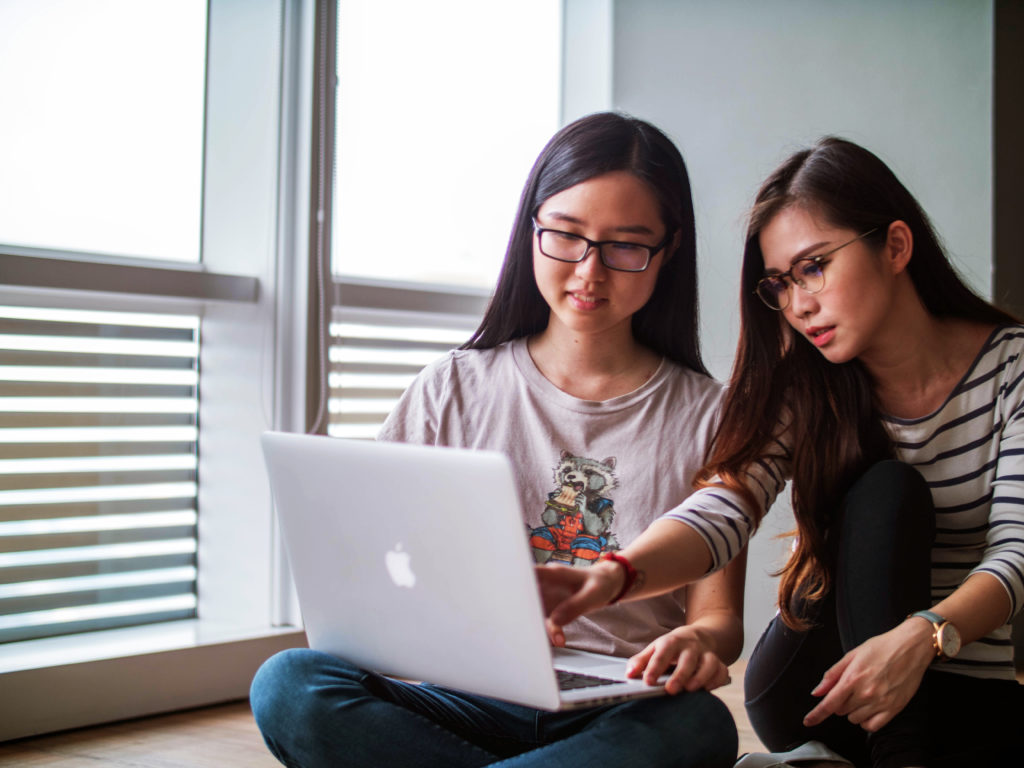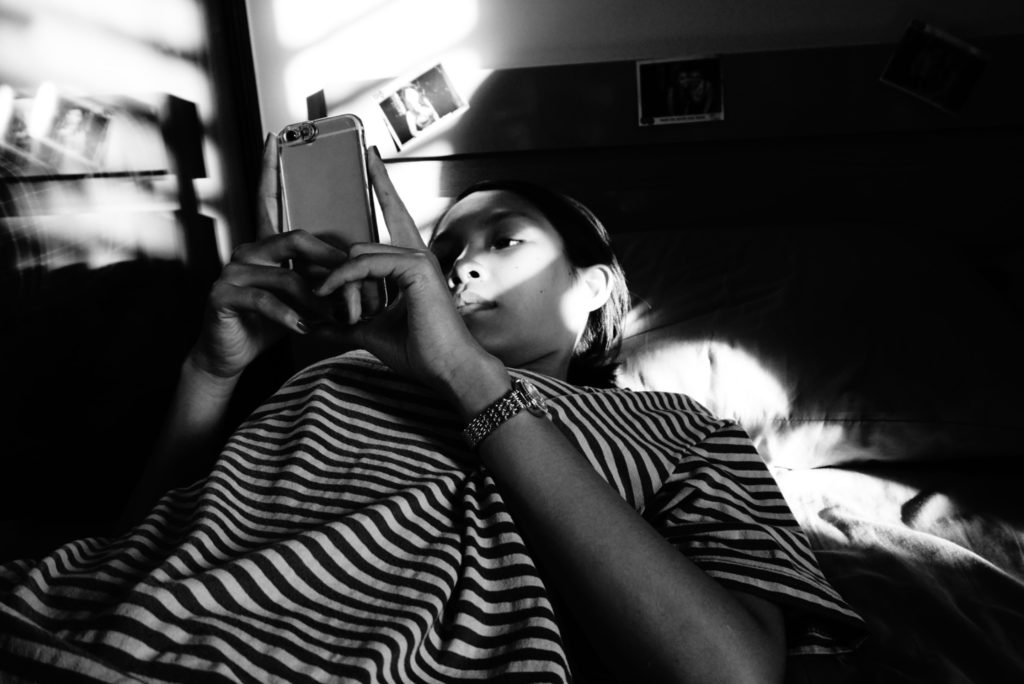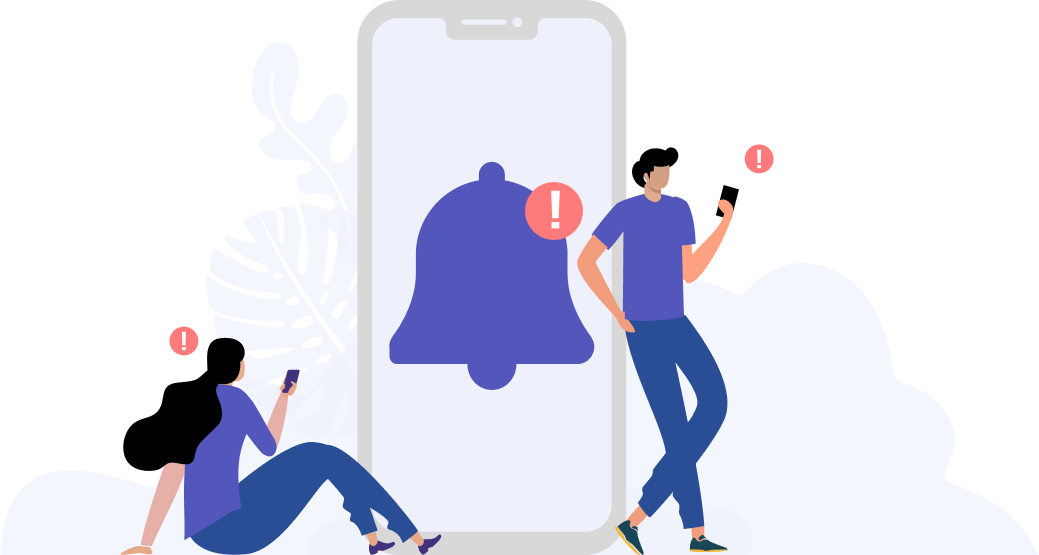I Heard We Can Prevent Myopia, Is That True?

“Prevention is better than cure”, but is this really relevant when it comes to myopia? How much of what we do actually helps to prevent myopia?
Fact or fiction?
All of us want the best for our children, especially when it comes to their health. But what happens when our children fall ill or when they experience pain? Naturally, all we want to do is to take that pain away from them as quickly as we can. So with the alarming rise of myopia in children (as found in plano’s vision report here), it’s natural that you’d want to take preventive measures to safeguard your child from myopia. But how much of what we do actually helps to prevent myopia? Read on to find out some myths about preventing myopia and how much of it is actually true, or false:
Myth 1: Eating carrots helps to prevent myopia

Carrots are teeming with Vitamin A and this is good for your child’s eyes. Vitamin A helps to strengthen your eyes so that your eyes are better able to convert light into signals that are transmitted to the brain, enabling people to see in low light conditions. In fact, about 250,000 – 500,000 people experience vision loss as a result of deficiency in vitamin A every year. However, whether it does indeed prevent myopia is questionable as there isn’t conclusive evidence that demonstrates a direct link between consuming carrots and preventing myopia.
Myth 2: Don’t lie down when you’re using your phone
Chances are, when your child is lying down or using their phone, it’s actually far too close to their eyes. The recommended distance between your child’s eyes and his/her devices is 30 cm. When your child uses his/her devices lying down for prolonged periods of time, their arms are usually bent above them and their devices are placed too close to his/her eyes.
As such, your child’s eyes are under a lot of strain due to near-work activity and this could lead to myopia. Therefore, it is essential that your child uses their devices at an appropriate distance of at least 30 cm. The plano app has an in-built face-to-screen distance tracker which helps to measure the distance between your child’s device and his/her eyes and reminds your child to use his/her device at a proper length to keep myopia at bay.
Myth 3: Looking at green things help to prevent myopia

While the human eye does perceive the colour green better and with more ease than many other colours in the colour wheel, staring at the colour green isn’t going to prevent myopia.
However, what will help to slow down the progression of myopia is taking regular eye breaks, and spending time outdoors. The plano app provides eye break prompts to remind your child to take regular eye breaks. If your child follows these healthy eye care habits, he/she can earn in-app points which they can use to enjoy activities away from their smartphones. So it doesn’t matter what colour your child looks at as long as he/she spends time outdoors and takes regular eye breaks.
Tools Designed for Healthier Eyes
Explore our specifically designed products and services backed by eye health professionals to help keep your children safe online and their eyes healthy.





